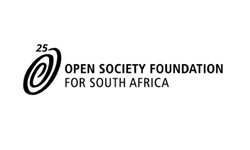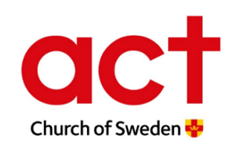South Africa’s largest active labour market intervention (ALMP) is the Expanded Public Works Programme (EPWP). Its first five‐year phase has been completed and a second phase, more ambitious by far than its predecessor, has commenced. Critical analysis
suggests that contrary to the hype, the programme has thus far made little lasting impact on the poverty and unemployment it is supposed to address. The analysis is in four parts: the first is an exploration of the background to the EPWP, in its role as South Africa’s largest active labour market policy; the second presents an examination of aspects of the performance of EPWP Phase 1, looking in particular at target vs. actual numbers of job opportunities and training days. This section also looks briefly at the EPWP’s proposed monitoring and evaluation (M&E) programme, before undertaking a more detailed consideration of the published information available on the training/employment nexus. The section ends with a glance at weaknesses in one of the
surveys (the Labour Force Surveys, LFSs) put forward as data sources for evaluating the EPWP during Phase1; the third considers aspects of the vast increases in the scope of EPWP from Phase 1 to Phase 2, of the way in which these have been communicated, and of the way in which they are to be funded, while fourth the looks at the possible contribution that this second phase could/may make to the goal of halving unemployment by 2014. This part of the paper reproduces a set of scenarios produced by the National Treasury and published in the Budget Review 2010. These point to the extreme unlikelihood of the unemployment halving goal being attained. The paper ends with a set of recommendations, many relating to the production and distribution of knowledge about the EPWP.












